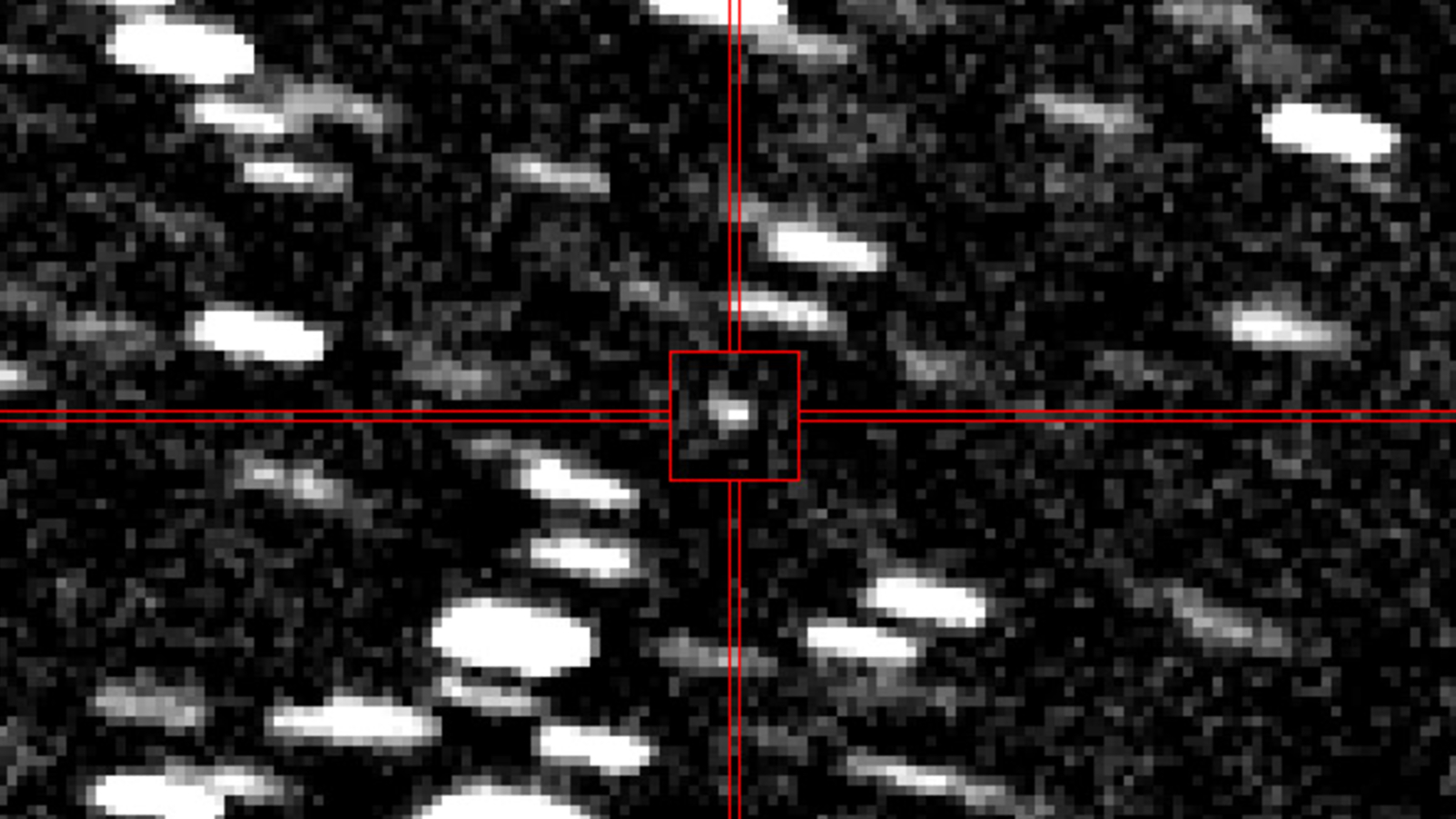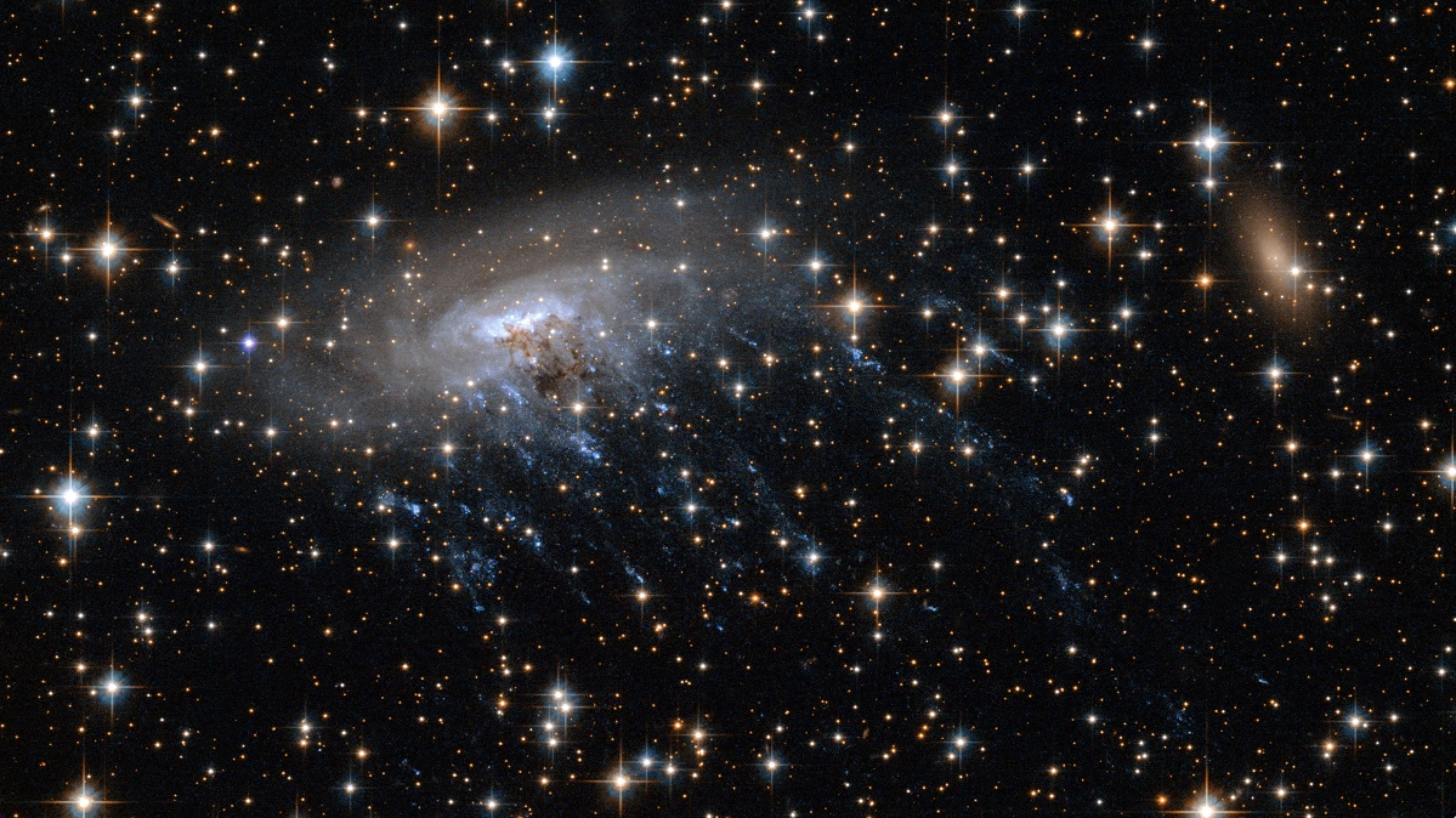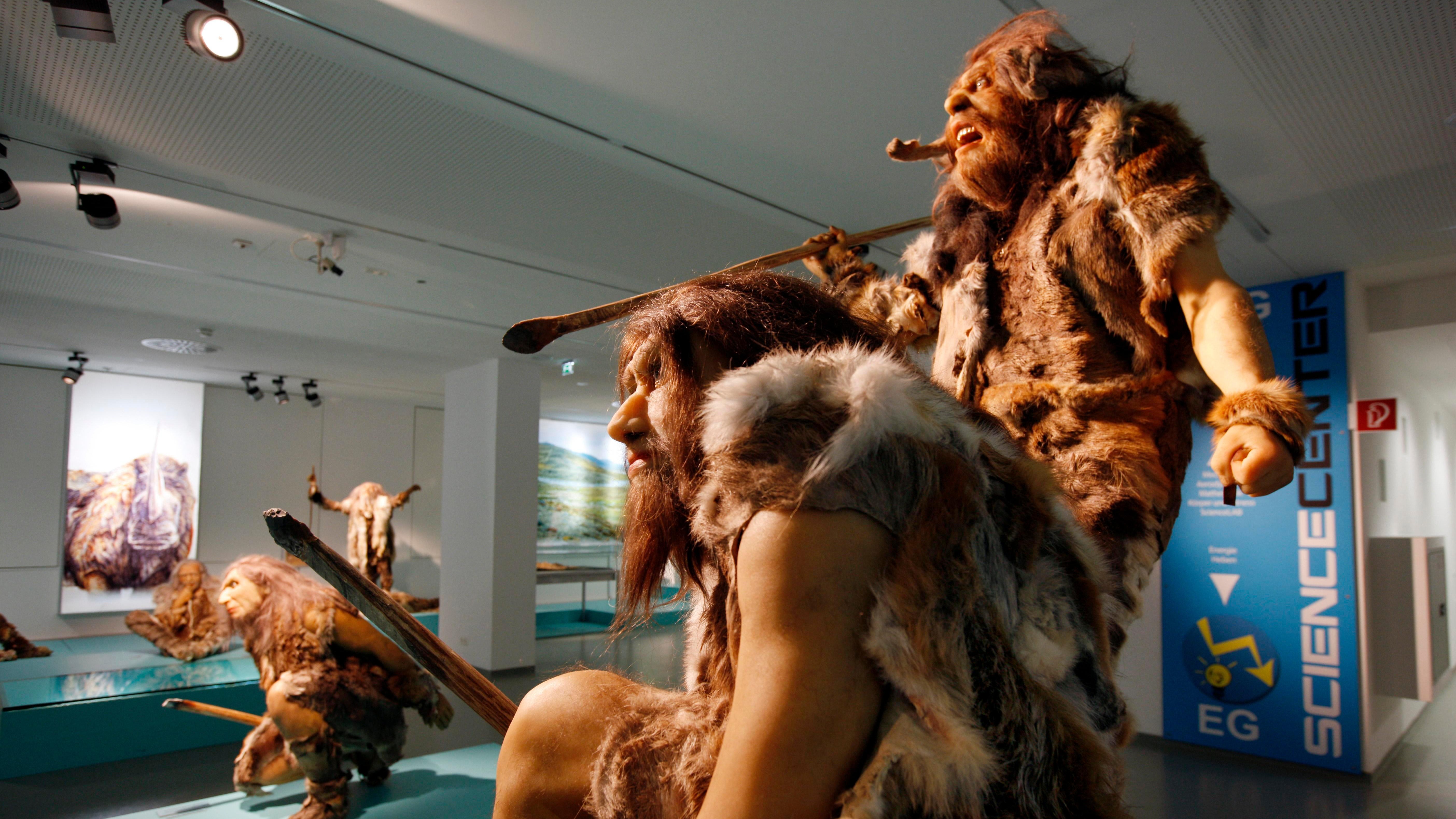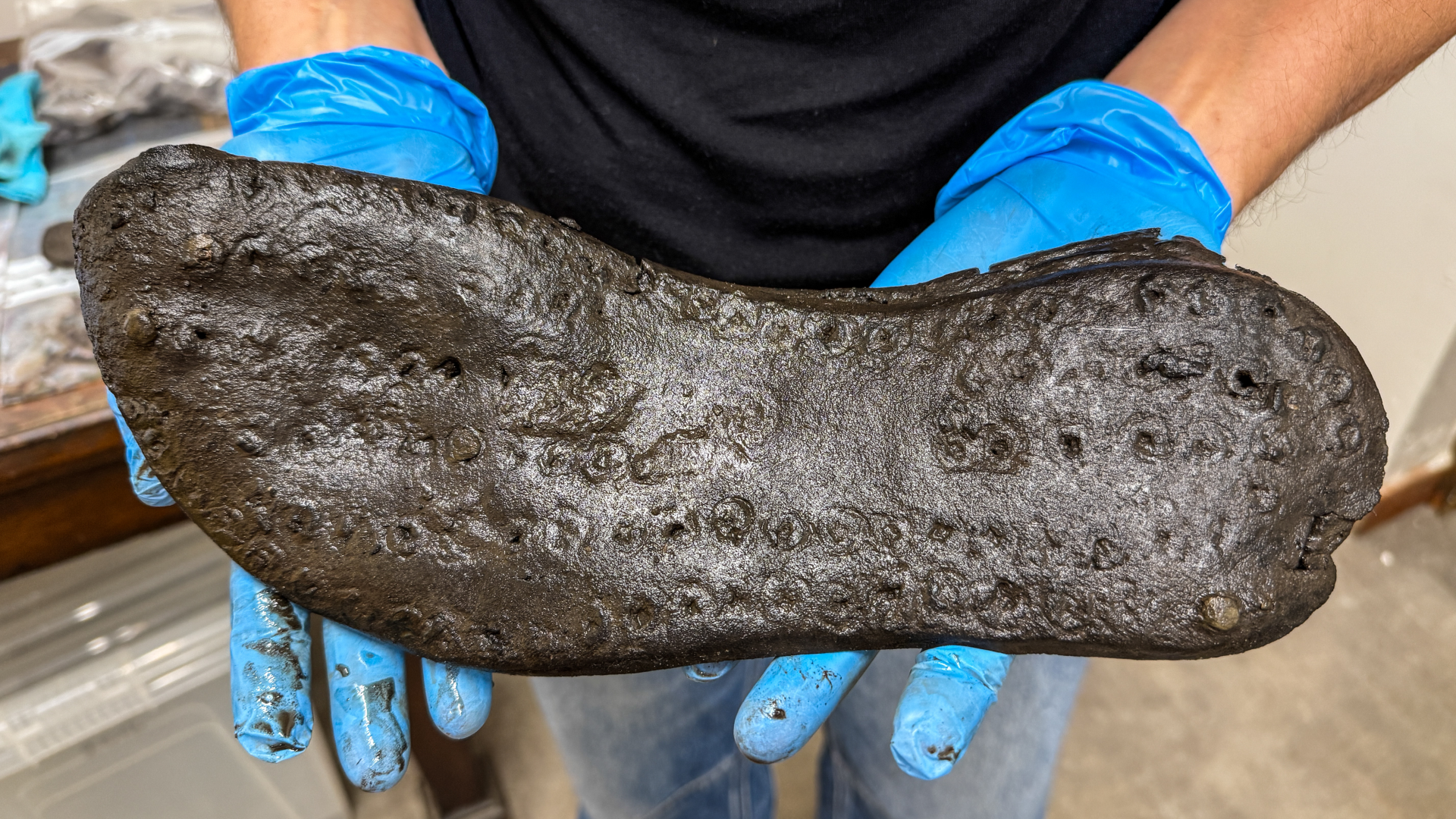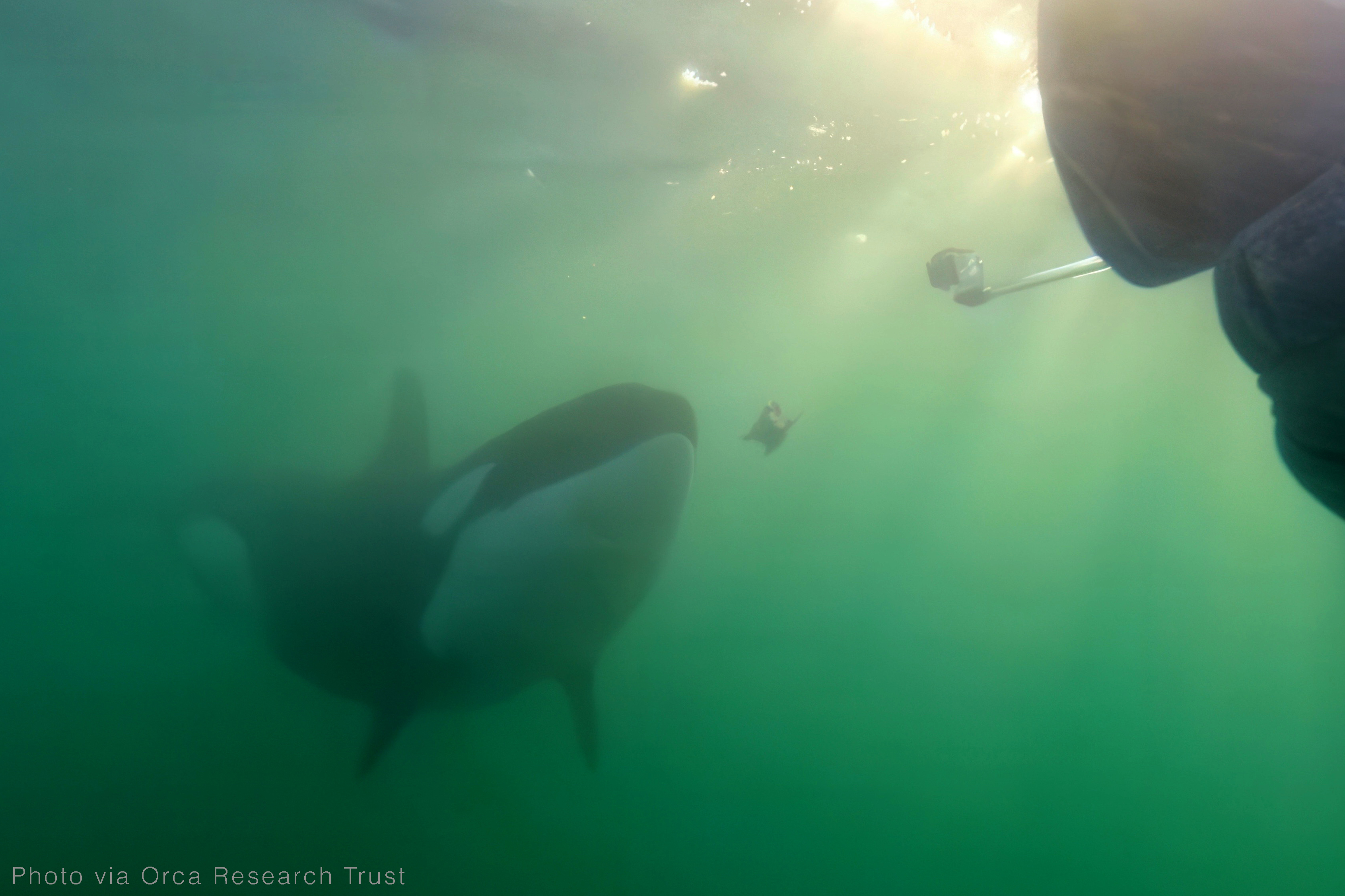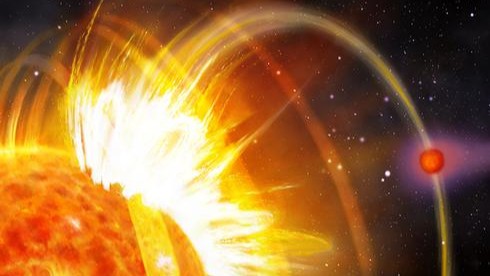Astronomers have spotted what they think might be an “interstellar object” hurtling through the solar system — and it’s headed toward us. The visiting space object, potentially the third of its kind ever seen, will make its closest approach to the sun in around four months, before eventually leaving our cosmic neighborhood forever.
The newly discovered object, currently dubbed A11pl3Z, was first spotted in data collected between June 25 and June 29 by the Asteroid Terrestrial-impact Last Alert System (ATLAS), which automatically scans the night sky using telescopes in Hawaii and South Africa. The mystery object was confirmed by both NASA’s Center for Near Earth Object Studies and the International Astronomical Union’s Minor Planet Center on Tuesday (July 1), according to EarthSky.org.
A11pl3Z is most likely a large asteroid, or maybe a comet, potentially spanning up to 12 miles (20 kilometers). It is traveling toward the inner solar system at around 152,000 mph (245,000 km/h) and is approaching us from the part of the night sky where the bar of the Milky Way is located.
Based on A11pl3Z’s speed and trajectory, experts think it originated from beyond the sun’s gravitational influence and has enough momentum to shoot straight through our cosmic neighborhood without slowing down. However, more observations are needed to tell for sure.
Until now, only two confirmed interstellar visitors have ever been spotted: Comet 2I/Borisov, which was seen sailing through the solar system in 2019; and ‘Oumuamua, a cigar-shaped object that made headlines in 2017 when some astronomers argued it was potentially an alien probe, before experts showed it was most likely a hydrogen-spewing space rock.
But scientists have long suspected that many more interstellar interlopers likely pass through our cosmic neighborhood without ever being detected.
Related: 1 million ‘interstellar objects’ — each larger than the Statue of Liberty — may lurk in the outer solar system
A11pl3Z is currently around 3.8 times as far from the sun as Earth is. Its first close approach to a planet will be on Oct. 3, when it comes relatively close to Mars. Shortly afterward, it will reach its closest point to the sun, or perihelion, on Oct. 23, coming within two Earth-sun distances of our home star, according to Universe Today.
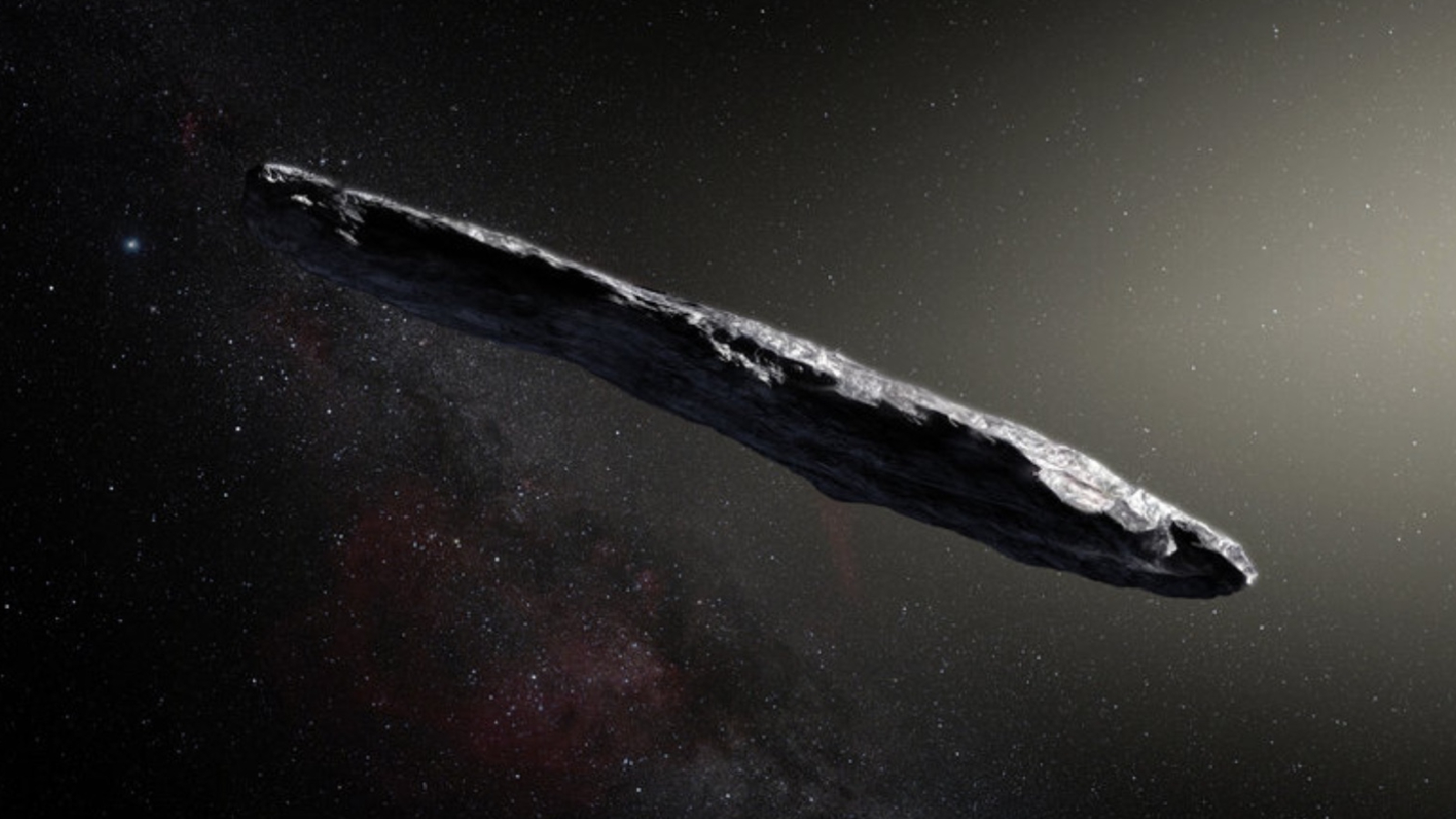
Earth will be on the opposite side of the sun as A11pl3Z during the object’s solar flyby, so it will pose no risk to our planet. The object will likely make its closest approach to Earth in December, on its journey back out of the solar system.
Researchers will continue to study the object in the coming weeks and months to learn more about its size, shape and origins. And, compared with when the previous interstellar objects passed by, we now have better ways of tracking and imaging the mysterious space rock.
For example, the Vera C. Rubin Observatory — the world’s most powerful optical telescope, which recently released its first images — will likely be fully operational by the time A11pl3Z is closest to us, and the telescope is exceptionally good at spotting moving objects, like asteroids.
Some researchers have also proposed using NASA’s Mars rovers to photograph the object as it flies close to the Red Planet. Avi Loeb, an astronomer at Harvard University who first proposed that ‘Oumuamua might be an alien probe, has additionally suggested using the James Webb Space Telescope to search for signs of “non-gravitational acceleration” — indicating, perhaps, some kind of artificial propulsion system — in A11pl3Z, via a post on Medium.





